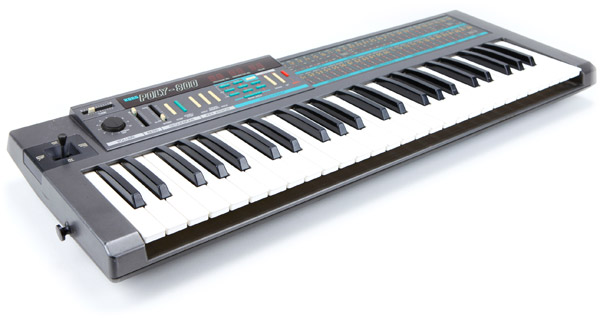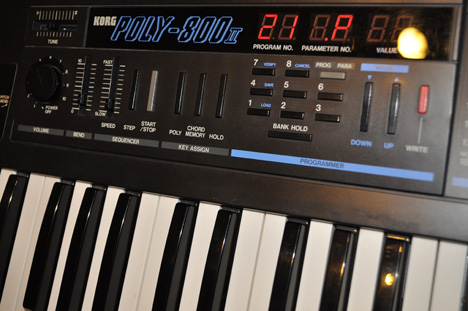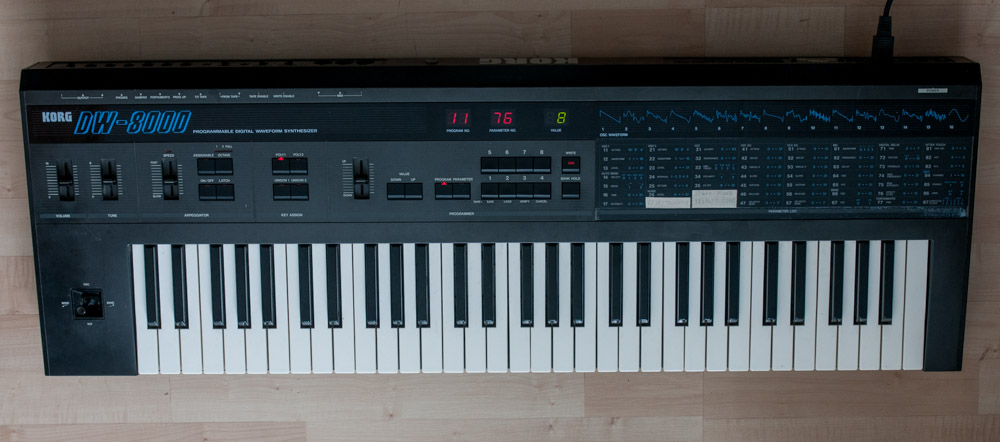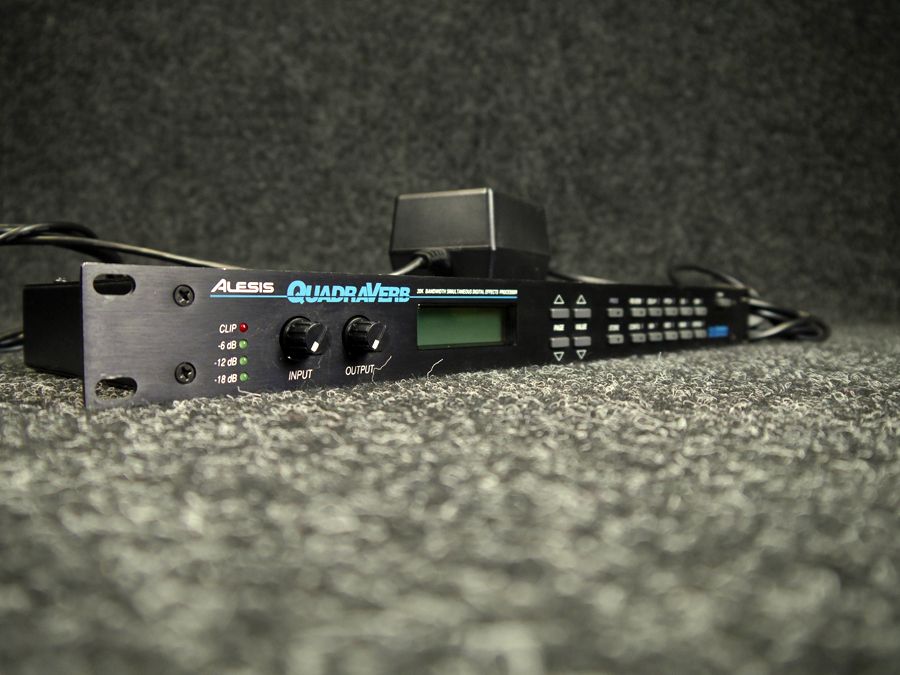I would not notice on a casual listen. For me, the release sometimes gives it away if you listen really closely. You can tell that the fingers are not moving quite right. Or put it this way, I am not feeling my fingers doing what the guitarist is doing, which does happen with "real" guitar. This is all on a very subconscious level, but essentially the connection with my motor cortex is not quite there. That's something I feel, rather than hear. I can't hear it in any obvious sense until I go looking for what it is that is irking me. And furthermore, does it matter? No! Is it well programmed? Goddam yes.donkey tugger wrote:Honest answer, I would probably have been slightly dubious - the musician in me would have been listening to things like the vibrato, bends, chugging etc.
The point made earlier about being able to edit the audio takes in your DAW is also a good one (and why I put quotes around impossible in the context of "impossible parts"). There are tracks where the guitar solo is sped up, for example, and played live at a slower pace. And once or twice, I've thought a live guitar was programmed, when it was actually due to the way the audio takes were cut, edited and processed.
I would tend to agree with that. The raw honesty of just an acoustic guitar and vocals involves a lot more than just the sound of the guitar strings being hit. My personal take is that solo lead is relatively easy to fudge through programming, especially with the FX that lead guitar divas like to use. It's just "weeeeee" after all. The strumming sound of a guitar is much more complex and nuanced. It's not just about having two samples of each string playing at once, it's about the interaction of those strings and the soundbox/body etc. A bit like how no sample library I've tried has ever captured the nuances of a piano's resonance as it changes with each additional note. Pianoteq is the only instrument that gave me the feeling of actually playing an instrument rather than a sample library in this regard.donkey tugger wrote: The second assertion is interesting. I think you can get close, particularly with electric guitar where amplification and effects can hide a multitude of sins (I've been relying on that for over 30 years...), but I've not yet heard anything convincing such as indie/folkie strummed (picked is probably easier) acoustic where you'd have the guitar upfront with only a vocal so can hear all the minor human choices and errors, plus the interactions with the instrument.
TL;DR: Real instruments sound warm and more analog; sample libraries have that cold digital edge.














